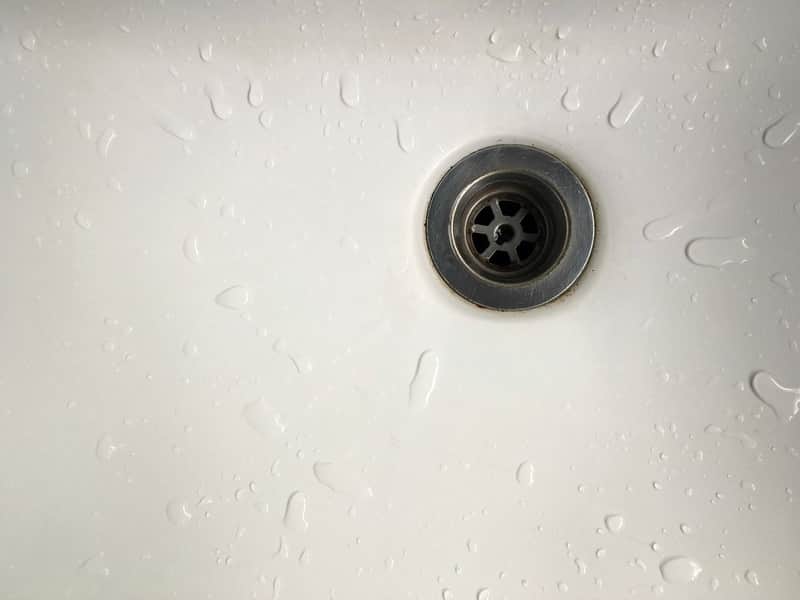Can bugs live in your drains? They absolutely can. What’s even more unsettling? These drain bugs, which are technically “insects” can also breed inside your pipes, feeding on any available organic matter — such as grease, hair, food waste and even toothpaste — and laying eggs in the gunk that collects in your plumbing.

But is there any good news? Yes! Getting rid of these insects is relatively easy. The process begins with identifying the kind of insect that's taken up residence in your sink drain or shower drain.
Cockroaches
Perhaps the most common type of drain bug, some species of cockroaches often thrive in bathroom and kitchen drains, which can supply them with a reliable source of both food and water. Drains also often serve as entry points for these cockroaches looking to share the comforts of our homes. Not only do cockroaches like the food we eat, they also like dark, secluded places and humid environments.
Drain Flies
Drain flies are sometimes called "moth flies." While they are members of the order Diptera — the true flies — their hairy bodies and wings make them resemble moths. They are dark in color (brown or black) and quite small, measuring one-sixteenth to one-quarter of an inch in length. Drain flies breed in drains, sewers, septic tanks and soil that has become contaminated with sewage.
Fruit Flies
Fruit flies are year-round nuisances that are constantly foraging for overripe fruits and vegetables. They resemble gnats (measuring about one-eighth of an inch in length) but some species can be distinguished from other small flying insects by their red eyes. Fruit flies lay their eggs in fermenting material to assure their young (larvae) have a consistent food source. Fruit flies are often also attracted to garbage receptacles and kitchen drains, or anywhere they might find damp organic matter.
Phorid Flies
Often confused with fruit flies, phorid flies sport a unique "hump-backed" appearance. Another unique characteristic is that they tend to run before they fly. They’re also more likely to live in moist soil. In fact, phorid flies are remarkable burrowers and can dig up to six feet underground in foraging for their preferred environment. That means that any organic material (especially backed-up sewage) that accumulates in your drains can become a potential phorid fly breeding site. Therefore, you definitely don't want these unsanitary flies in your home.
Helping control bugs in your drain
If you can unclog and clean a drain, you can help rid your home of many of these insects.
First, determine which drain or drains are harboring these insects. For example, adult drain flies love to feed and breed in slow-moving or clogged drains because they provide plenty of decomposing material in which to lay their eggs. If any of your drains are noticeably backed up, chances are those are the source of the problem.
If your initial inspection isn't enough to identify the affected drains, make an “X” over each drain opening in your home using a strip of stickier than average tape. Be careful not to completely cover the drain. Most insects found in drains are nocturnal, so leave your tape traps in place overnight. Check the tape the next morning for any insects that have become stuck in attempting to exit your drains.
Next, clean out your problem drains once a month. Remove any sludge, hair, food waste or other buildups. When using products to clean the drains, be sure to follow the label instructions for use and safety precautions.
To help prevent insects from making their way back into your drains, clean them once a month and consider covering them with drain stoppers, drain covers or metal drain screens.
However, if you're seeing these insects in your home, you may have a bigger problem on your hands than just dirty drains. That's where a pest control professional can help. Contact Terminix today to have a trained technician inspect your home for these and other pests and recommend a customized solution for you.


